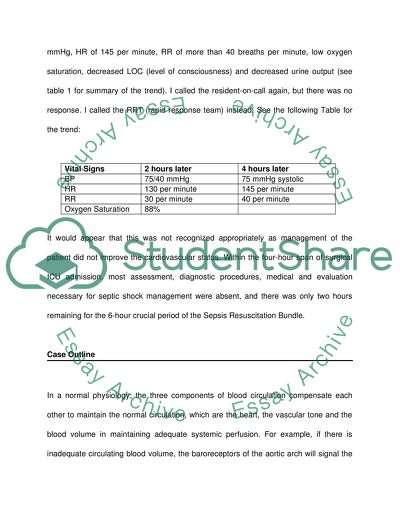Cite this document
(Assessment and Decision-Making as an Integral Part of Nursing Management Essay Example | Topics and Well Written Essays - 2250 words, n.d.)
Assessment and Decision-Making as an Integral Part of Nursing Management Essay Example | Topics and Well Written Essays - 2250 words. https://studentshare.org/environmental-studies/1411491-assessment-and-decision-making-as-an-integral-part-of-nursing-management
Assessment and Decision-Making as an Integral Part of Nursing Management Essay Example | Topics and Well Written Essays - 2250 words. https://studentshare.org/environmental-studies/1411491-assessment-and-decision-making-as-an-integral-part-of-nursing-management
(Assessment and Decision-Making As an Integral Part of Nursing Management Essay Example | Topics and Well Written Essays - 2250 Words)
Assessment and Decision-Making As an Integral Part of Nursing Management Essay Example | Topics and Well Written Essays - 2250 Words. https://studentshare.org/environmental-studies/1411491-assessment-and-decision-making-as-an-integral-part-of-nursing-management.
Assessment and Decision-Making As an Integral Part of Nursing Management Essay Example | Topics and Well Written Essays - 2250 Words. https://studentshare.org/environmental-studies/1411491-assessment-and-decision-making-as-an-integral-part-of-nursing-management.
“Assessment and Decision-Making As an Integral Part of Nursing Management Essay Example | Topics and Well Written Essays - 2250 Words”. https://studentshare.org/environmental-studies/1411491-assessment-and-decision-making-as-an-integral-part-of-nursing-management.


